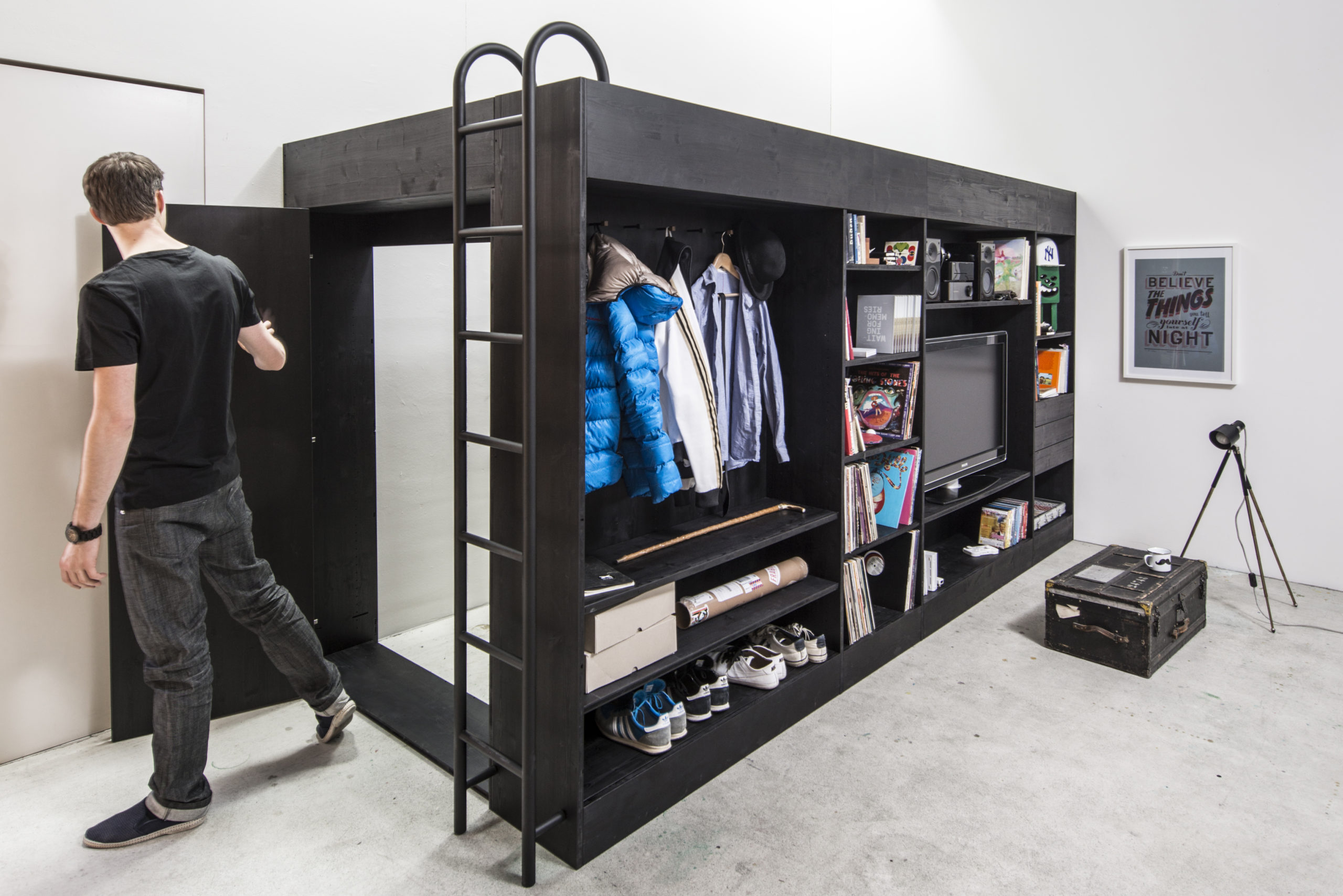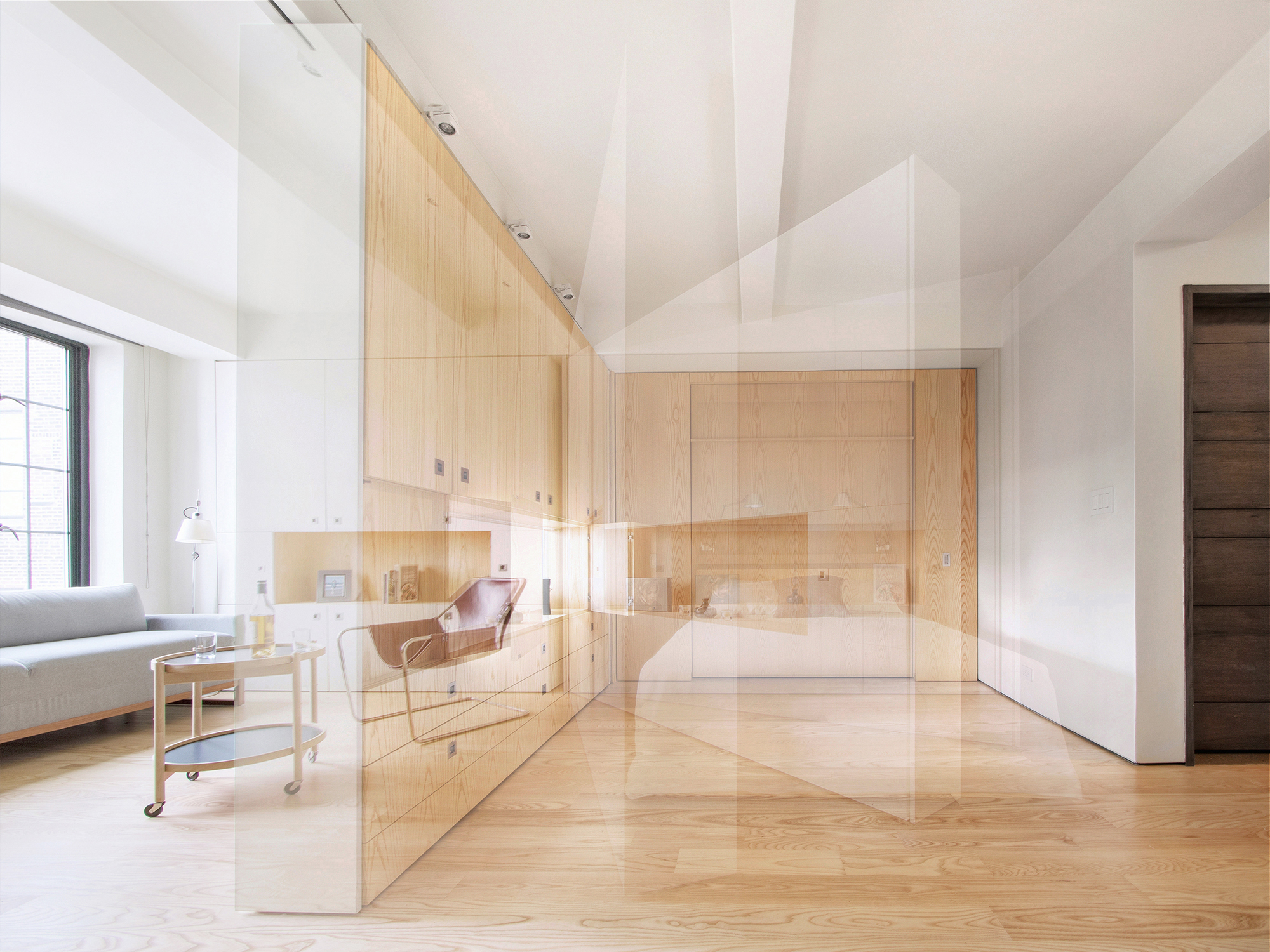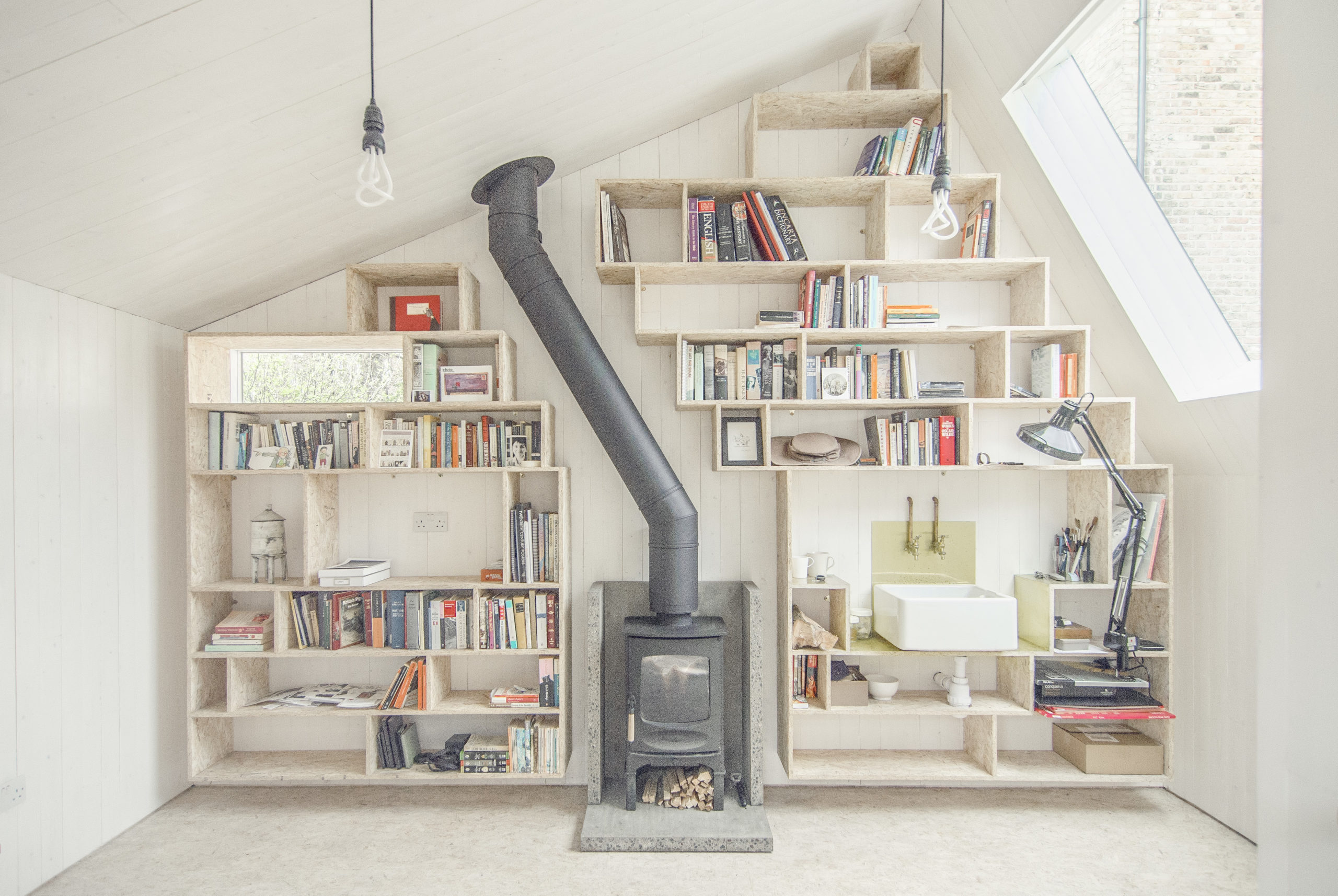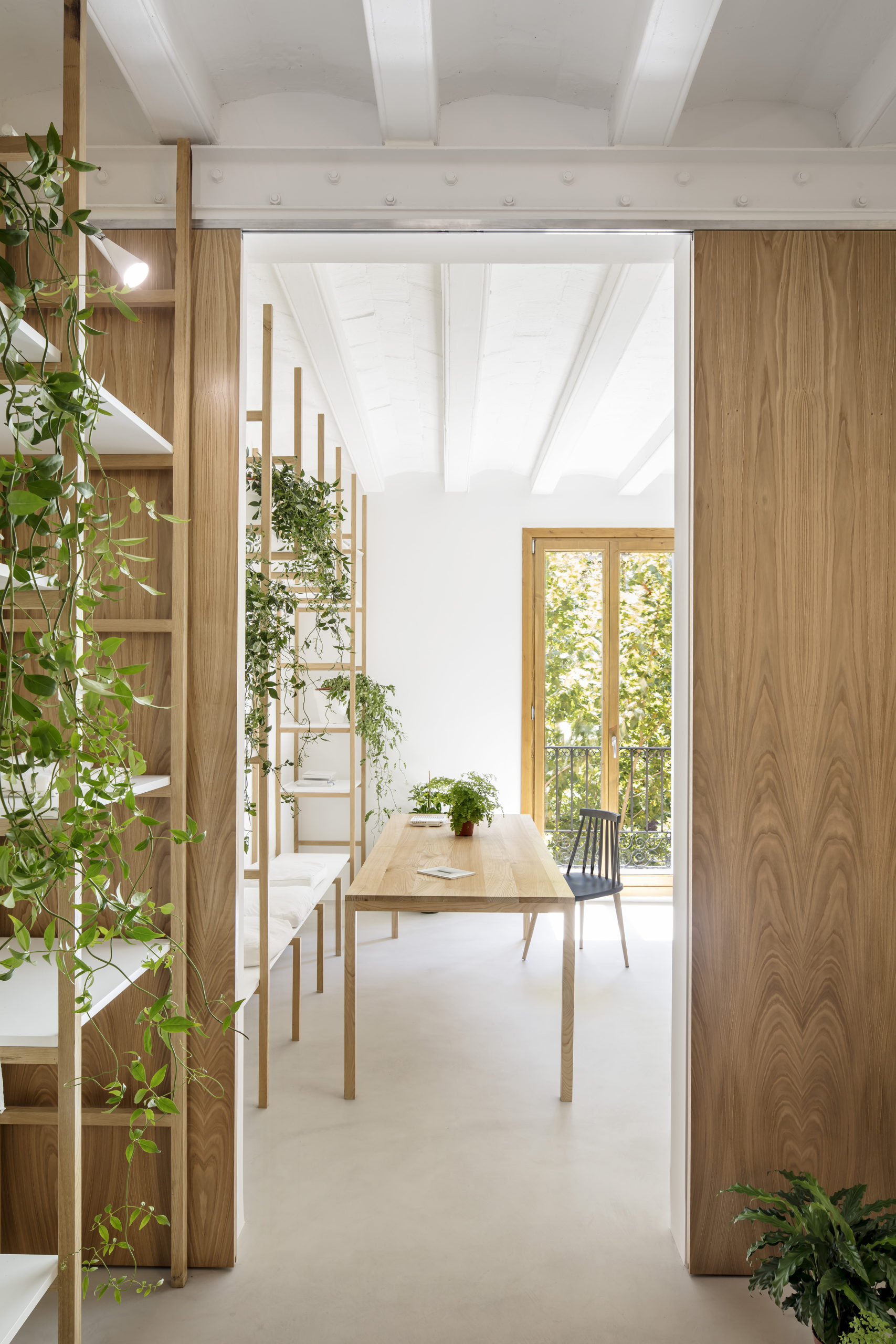Architizer's new image-heavy daily newsletter, The Plug, is easy on the eyes, giving readers a quick jolt of inspiration to supercharge their days. Plug in to the latest design discussions by subscribing.
Storage is more than towering bookshelves and unruly closets. Truly great storage solutions change how we live, and in turn, open up the rooms and spaces of our daily lives. Designing useful, smart storage doesn’t have to be daunting endeavor. With a few helpful pointers, you can take a haphazard layout, wasted space, or cluttered interior to new heights.

Almington Street House by Amos Goldreich Architecture
As we explored through Architectural Diagrams and Tiny Apartment Plans, finding the right storage solution can take many different forms. Smart storage solutions help you organize and declutter your space to create more livable and open rooms where you can work, gather or unwind. The following are five ideas to consider when working to better optimize your storage that make the most of whatever space you have to work with.

Living Cube by Till Könneker
1. Take stock & declutter.
Right off the bat, before you buy new furniture, build a closet, or create new containers, you should understand what you need to store. This includes what you’re not using, and what spaces you have to work with. Take stock, declutter and get rid of the things you’re not using so you can maximize your available storage space.
When you’re looking at your existing space, like an office or home, first look at the easiest places to reach. If you can access a shelf, drawer or surface easily, you’re more likely to use it, and in turn, to store something. If you’re looking to buy a new piece of furniture or build out an underutilized area, be sure to measure the existing space and consider the size of what needs to be stored. The best storage solutions streamline organization, creating more livable spaces while making things easier to find.

Pivot by Architecture Workshop PC
2. Employ dual-purpose, pivoting elements.
You’ve taken stock and a good look around your space; now consider what elements can serve a dual-purpose. Whether it’s an empty space below the stairs, cabinetry and fixture masks for sinks and plumbing, or a simple wall surface or floor space, consider what can serve multiple functions. Can a bookshelf double as a privacy screen, or a sink mask as a space to store kitchen supplies? Think vertically too and how additional height can also equal additional space.

OW by ST design studio
Also consider how parts of your storage can pivot or open up. While the classic example is a murphy bed, there are countless options. Consider dining tables that double as work stations, indoor-outdoor seating, or folding closet rods and cabinetry that tucks away when not in use. Furniture that serves multiple uses provides flexibility and encourages reuse. In turn, these can save space in small homes, offices or wherever you’re looking to build out your storage.

Bookshelf House by Andrea Mosca Creative Studio
3. Consider spatial functions & go modular.
In planning out a space and its storage needs, ask who will be using each room, as well as what activities will happen there. How do you enter and exit, and how much space do you need both now and in the future? Go through your design room by room. At entries, consider what you don’t want to carry throughout your space, like backpacks, jackets and shoes. Some items can be grouped together depending on a room’s use.
With a solid grasp on the program, also consider modular design. You can break down larger rooms into smaller useable spaces, and in turn, find modular storage solutions that break down storage spaces into drawers, cabinets or shelving that fits your specific needs. Consider open, modular shelving for display, as well as furniture pieces that can be swapped out to different rooms as your storage needs evolve over time.

Writer’s Shed by Weston Surman and Deane Architecture
4. Embrace light & nature.
Embracing nature may seem counterintuitive when considering storage, but natural elements extend to materials, plants and the atmosphere of a space. Smart storage solutions give you additional areas for plants and greenery to promote wellness, and they can dramatically change the atmosphere and look of a space. At the same time, focusing on eco-friendly material selections can promote sustainable manufacturing practices and avoid harmful chemicals or off-gassing. The result is more comfortable and organized spaces.

Sant Antoni Lofts by Roman Izquierdo Bouldstridge
Light and nature can also embraced vertically. Ceilings are one surface that often gets overlooked, reserved as a placeholder for lighting or structure. These missed opportunities lived in what’s referred to as “the fifth wall.” Ceiling provide their own dimension for you to work with, whether it’s hanging plants or additional shelving, or you’re trying to brighten a space by shortening dividers and walls down from the ceiling. Don’t forget to look up, as ceilings can enhance a design concept or your approach to interior design.

Chelsea Workspace by Synthesis Design + Architecture
5. Integrate & customize for daily life.
Integration means taking an existing need, like a straightforward drawer or cabinet, and rethinking how it might look or work with other surfaces or functional areas. A single, integrated surface can help minimize the presence of boxy storage requirements and reduce visual clutter. The result can be an integrated, custom piece that combines work space, storage, electronics and lighting controls all concealed within a cohesive volume.
Zeroing in on aesthetics and function, integrated design creates smart storage for adaptable living. Integration and customization is really about catering to changing and evolving needs. A carefully crafted, seemingly perfect storage solution might become defunct in a month or two if it was made without considering growth and change over time. If a storage element is more flexible and remains open to customization, it has more inherent longevity and use.
Architizer's new image-heavy daily newsletter, The Plug, is easy on the eyes, giving readers a quick jolt of inspiration to supercharge their days. Plug in to the latest design discussions by subscribing.









